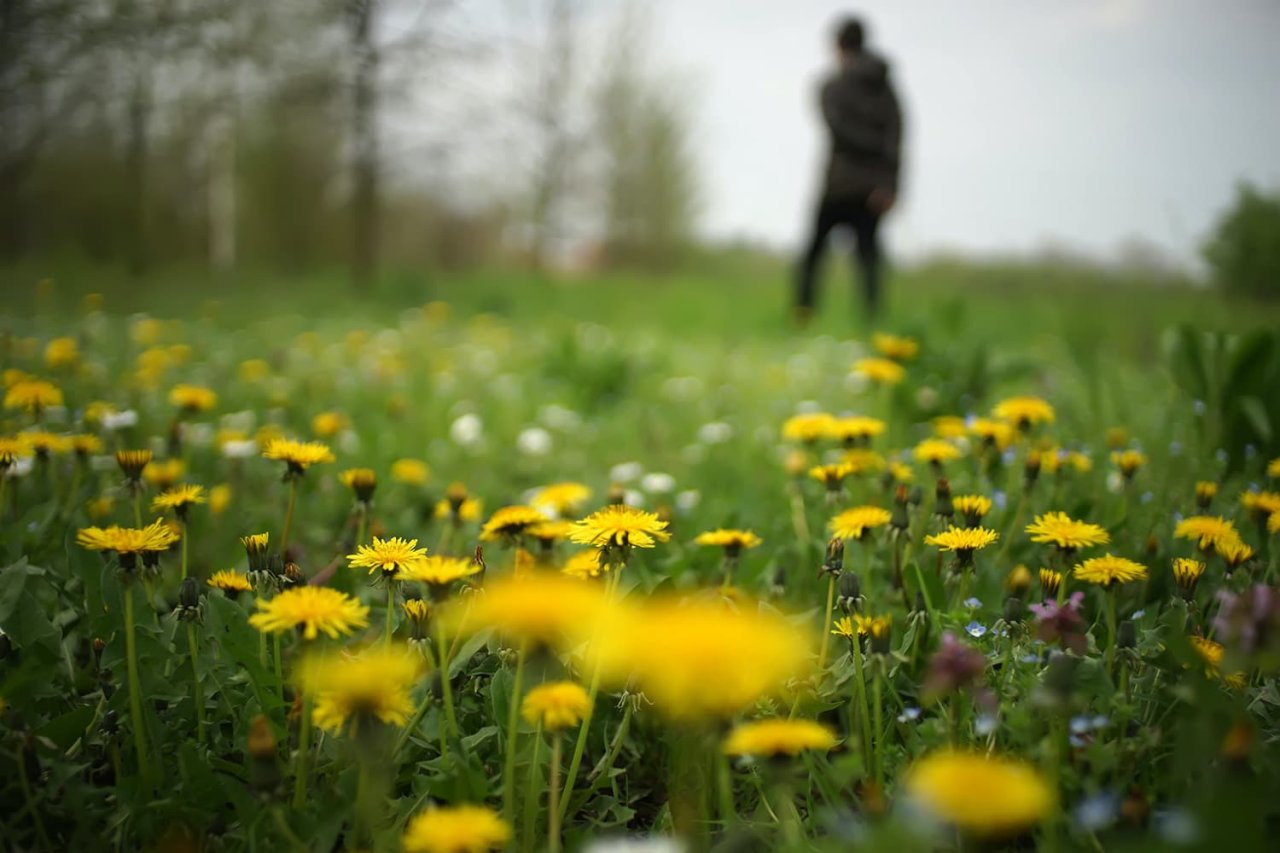Blog
The More Effective Way to do “No Mow May”

Photo by photokip.com from Pexels: https://www.pexels.com/photo/shallow-focus-yellow-daisies-1074844/
...
The More Effective Way to do “No Mow May”
by: Scott Wentworth
“No Mow May” is a movement that began in 2019, with the goal of supporting pollinators as they emerge in the spring, by providing early season flowers that are growing in our lawns. The intended action is to not cut lawns during the month of May in order to allow anything growing there to flower without interference.
Started in the UK, the original research on the benefits took place in England, where there is a
much more diverse range of plants that support pollinators growing in lawns. There’s been subsequent studies in the US in Massachusetts (where the season is several weeks ahead of ours) that support these original studies, but are not fully applicable to our gardens.
In our region the primary plants that flowers in lawns in May are dandelions, wild violets, and white clover. While these offer pollinators a source of spring flowers, it is limited to a narrow range of plants. If the mowing height in May is set at 3”-3½”, wild violets and clover will not be affected and will continue blooming. Dandelions being prolific bloomers can be back in bloom again within hours after mowing at this higher level.
Leaving turf to grow uncut for the first 4-5 weeks of the growing season will result in lawns being 8” long by the end of May. This will require several cuttings to bring it back to a reasonable level, in which no more than 1/3 of the leaf mass is removed and the clippings raked. This long grass will also invite ticks into our lawn areas, increasing the risk of our family contracting Lyme disease. This lack of mowing will also compromise the health of the turf as it is restored to normal lawn levels. It is often overlooked that grasses are a very effective resource to capture carbon and sequester it in the soil. In contrast, trees and shrubs sequester carbon in their woody tissue, which is subsequently released back into the atmosphere when burned or decaying. Healthy lawns also add oxygen to the atmosphere through their respiratory process.
Recommendations
It’s extremely important to support pollinators and build bio-diversity in our lawns and gardens. The collective positive impact from practicing environmentally beneficial design in our home gardens is tremendous. Several strategies to support pollinators in May…and beyond…include the following:
Overplant Portions of Your Lawn with Spring Flowering Plants
Creating a greater diversity of plants to support pollinators is an excellent strategy. This can be done by overplanting areas with spring flowering bulbs such as Scilla, Muscari, Crocus, Narcissus, Daffodils and Tulips. These areas of the lawn can be left uncut while blooming and will provide much stronger support for pollinators than just dandelions.
Set the Mowing Height to 3”-3½”
By setting the mowing height higher than normal, low growing spring flowering plants in your lawn such as Wild Violets and White Clover will remain untouched.
Add Native Flowering Plants to Your Garden
Adding more spring flowering plants, including perennials, spring ephemerals (such as Trout Lily and Bluebells), spring flowering bulbs, and flowering shrubs will provide a significantly greater support for pollinators than just the few specifies of plants that flower within our lawns.
By taking these steps to provide greater support to pollinators, and keeping our lawns healthy, we’ll be making our lawns and gardens a place that builds biodiversity, supports pollinators, attracts birds, and does our part in growing environmentally beneficial gardens!
Posted: May 1st, 2023
View More Posts